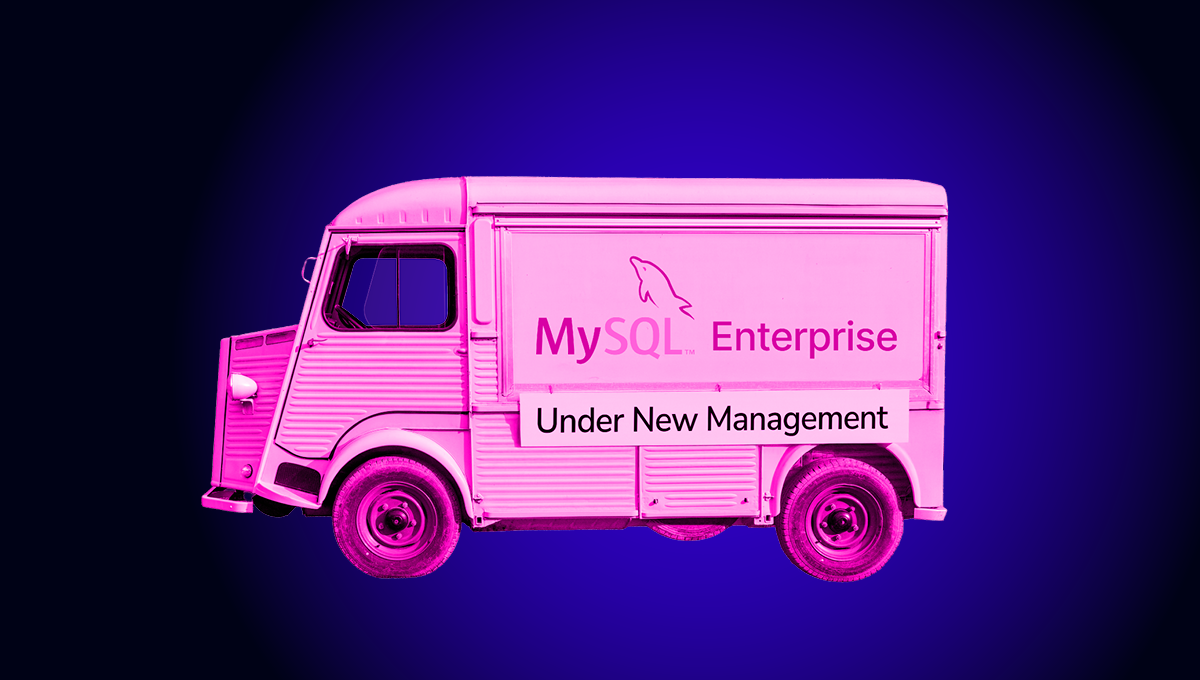blog
10 Considerations for Architecting a Multi-Cloud Database

Thinking about architecting a multi-cloud database? It’s an increasingly common topology nowadays.
The adoption rate of a multi-cloud approach has been growing fast for years. It’s a solid option for a disaster recovery plan (DRP) and offers many other benefits, including flexibility, scalability, and high availability.
However, when it comes to your database deployments, there are several elements to keep in mind.
Let’s explore ten key considerations to keep in mind when architecting a multi-cloud database, as well as how to mitigate some of the common problems that may arise.
1. Performance
In a multi-cloud environment, it’s important to consider critical things like response times, network latency, bandwidth, and the speed at which the database can process queries.
Data transfers between different cloud providers can be time-consuming and costly, so it’s important to have a database architecture that supports fast and efficient exchanges.
The connection between cloud providers should be asynchronous, if possible.
This will improve performance, but it will do so at the cost of a reduction in high availability.
In case of failure, if you need to failover and the data was not up-to-date, you will have data loss or data inconsistency.
Still, more often than not this is better than accepting the performance issues that come with synchronous replications.
With synchronous replication, the remote nodes need to confirm each statement before applying it in the primary node.
2. High availability and scalability
No matter what cloud provider you are using, you will need the option to scale your database topology in a horizontal or vertical way:
- Horizontal scaling (scale-out) is performed by adding more database nodes creating or increasing a database cluster.
- Vertical scaling (scale-up) is performed by adding more hardware resources (CPU, Memory, Disk) to an existing database node.
You can scale either way manually if you are expecting or having more traffic for any reason.
Some cloud providers also allow you to configure it in an automatic way.
This means you won’t need to worry about how much traffic you are receiving to know how many replicas you need to add.
The cloud provider will add it for you according to the rules that you create. Then, you just need to pay the bill every month.
Different cloud providers offer different levels of scalability, and it’s important to ensure that your multi-cloud database can scale to meet changing needs.
The cost of scaling should be taken into account, as it may impact the overall budget.
3. Availability and durability policies
Some cloud providers have at least 99.99% uptime.
Even so, it’s always good to check their SLA on the different offerings for availability and durability.
The cloud providers might offer different solutions priced higher to achieve high availability and durability, and depending on the business, it could be necessary to use a different solution than the default one.
You should make sure that your database will be available all the time (or almost), so you should be able to deploy it in different regions.
In case of a critical failure, like a data center issue, you will be able to switch to another region to keep your systems working.
Keep in mind that if you are using synchronous replication, the latency of having your databases running in different geographical regions could be a problem.
4. Data consistency
Maintaining data consistency across multiple cloud providers can be a challenge.
It’s important to consider how data will be synchronized and whether there are any potential bottlenecks that could impact performance.
Split-brain is a common issue in multi-cloud environments.
This occurs when more than one primary node is available at the same time, which allows the application to write in both nodes and it is not handled properly by the application or database technology.
In this case, you will have different information on each node, which generates data inconsistency in the cluster.
Fixing this issue is extremely difficult as you must merge data, which is not always possible.
5. Data sovereignty and compliance
Depending on the nature of the data being stored, the laws of different countries and regions may come into play.
It’s important to understand where your data will reside and whether it will be subject to specific legal requirements, as different cloud providers have data centers located in different locations.
The cloud provider should follow privacy laws and comply with regulations to provide maximum data protection.
The EU’s General Data Protection Regulation (GDPR) has strict regulations on storing sensitive data. Also, several EU members don’t allow sensitive data to be stored outside of national borders.
Make sure your multi-cloud setup is compliant with any regulations that apply to your business.
6. Security
Security is a top priority for organizations, and multi-cloud databases are no exception.
It’s important to consider the security features offered by each cloud provider, including data encryption, authentication, and access control.
For security reasons, the communication between the cloud providers must be encrypted, and you must restrict the traffic only from known sources to reduce the risk of unauthorized access to your network.
The usage of VPN, SSH, or Firewall Rules, or even a combination of them, is a must for this point.
Also, the cloud provider should offer encryption for data-at-rest and even in-transit. This encryption protects the data from being used by an unauthorized person during the time that it is stored in the cloud.
7. Easy management
The cloud providers should provide an easy management console where you can configure, manage, and monitor your databases running in the cloud.
Otherwise, you can convert a simple task to a complex one, which doesn’t make sense.
8. Support
Each cloud provider has its own support structure, and it’s important to consider how this will impact your multi-cloud database.
This includes the level of support available, response times, and the availability of experts to help with any issues.
9. Cost
Running a multi-cloud database can be expensive. Especially if the same database is being run on multiple platforms.
This could be the most crucial point, and the most complicated one, as cloud providers often display their cost to make it look cheap at a glance.
In general, cloud providers charge you for the amount of traffic that you have hourly/monthly and in a multi-cloud environment, depending on the size of the data, the invoice could be huge.
10. Vendor lock-in
Each cloud provider’s product will almost always run better than an open-source product.
This is due to the fact that it was designed and tested to run on the cloud provider’s infrastructure.
The performance will often be considerably better than the second one.
The problem is if you are using more than one cloud provider and you are using a cloud provider’s product, most probably you will have a technology lock-in problem as the product is only available in one cloud provider and it is not compatible with another one.
So try to avoid built-in products if possible and go for an open-source solution.
Wrapping up
When it comes to architecting a multi-cloud database, there are several important considerations to keep in mind.
By taking the time to evaluate your needs and the options available, you can ensure that your multi-cloud database is optimized for performance, cost-effectiveness, and security.
With the right strategy in place, you can enjoy the benefits of a multi-cloud database and remain competitive in today’s rapidly changing business environment.
Do you run a multi-cloud setup already? Try ClusterControl for free for 30 days to see its power in uniting instances together here. Need more time to decide to try it out? Here’s a recent look at our client experience managing multiple clouds with ClusterControl.
Stay on top of all things multi-cloud by subscribing to our newsletter below.
Follow us on LinkedIn and Twitter for more great content in the coming weeks. Stay tuned!




